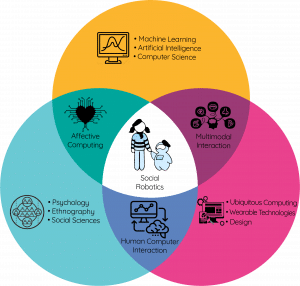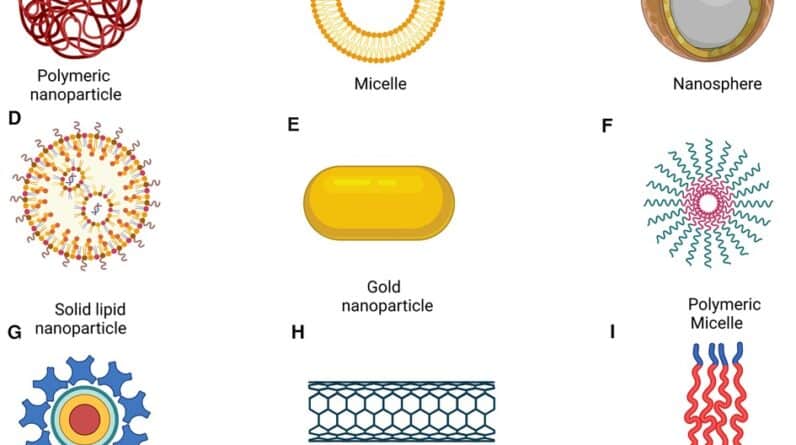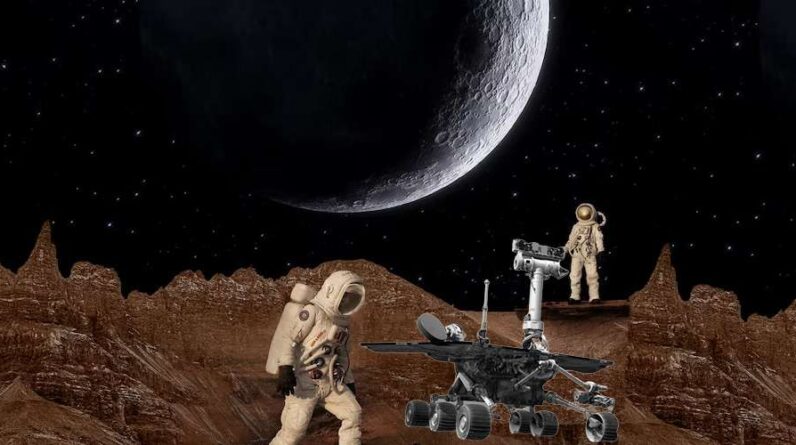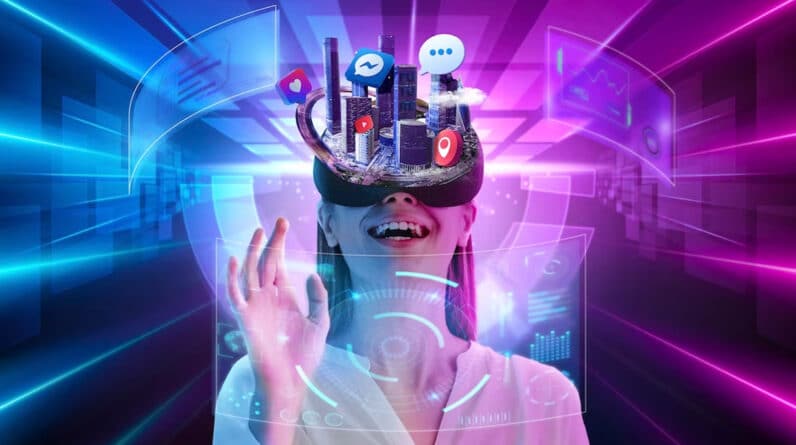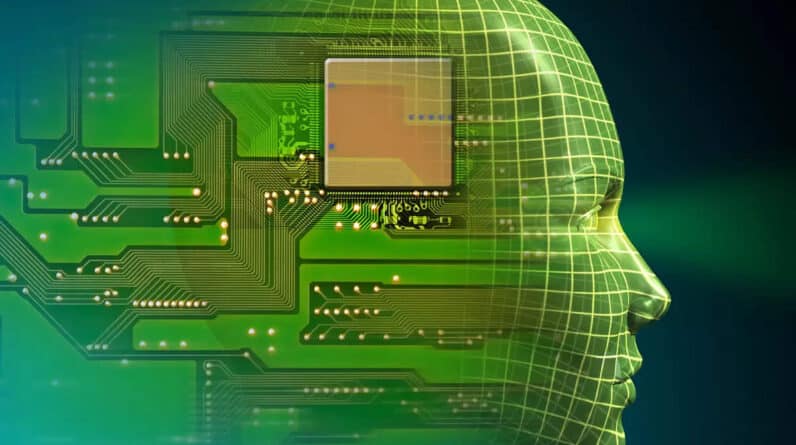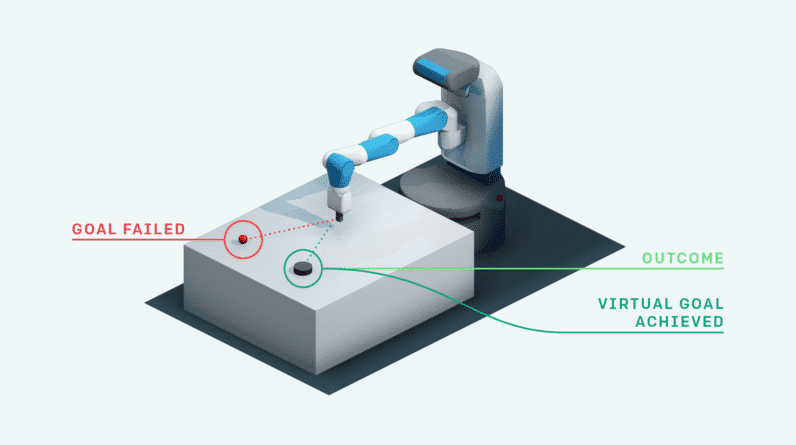In the ever-evolving field of archaeology, AI technology is revolutionizing the way we explore and preserve our ancient history. With its ability to analyze vast amounts of data and detect patterns, AI is unlocking new insights into the lives of those who came before us. From automating the tedious task of artifact classification to reconstructing lost structures, AI is not only changing the way we understand the past but also shaping the future of archaeological research and preservation.

Introduction
Welcome to a world where the intersection of artificial intelligence (AI) and archaeology leads to exciting discoveries, enhanced research, and improved preservation of our cultural heritage. AI has revolutionized numerous industries, and archaeology is no exception. With its ability to analyze vast amounts of data, AI offers countless possibilities in artifact analysis, restoration, site discovery, translation, modeling, and simulation. In this article, we will explore the applications, advantages, challenges, and limitations of AI in archaeology. We will also delve into fascinating case studies of AI in action and discuss the future possibilities and ethical considerations surrounding this technology’s use in the field.
Applications of AI in Archaeology
Automated Analysis of Artifacts
AI-powered algorithms can analyze and classify artifacts with remarkable efficiency. By training these algorithms on vast datasets of artifact images, they can identify patterns, determine functionality, and even assign cultural significance to these items. This automated analysis saves archaeologists valuable time and allows for a more systematic understanding of artifacts.
Digital Restoration of Artifacts
Fragile artifacts often require delicate handling during restoration, and this process can be time-consuming and prone to human error. AI offers a solution by digitizing artifacts and enabling virtual restoration. By feeding high-resolution images into AI models, researchers can virtually reconstruct damaged artifacts and explore potential restoration techniques without risking damage to the original object.
Site Discovery and Mapping
Using AI algorithms, archaeologists can analyze satellite imagery and aerial surveys to identify potential archaeological sites. By recognizing formations, soil variations, and other landscape features, AI can help pinpoint areas that may contain buried artifacts or structures. Additionally, AI-enabled mapping techniques can create detailed 3D models of archaeological sites, providing a comprehensive view of the excavation area.
Automated Translation and Decoding of Ancient Texts
AI has the potential to unlock the secrets of ancient civilizations by automating the translation and decoding of ancient texts. With the ability to recognize patterns and analyze linguistic nuances, AI algorithms can tackle complex languages and decipher ancient scripts more efficiently than ever before. This breakthrough enables researchers to gain valuable insights into historical records that were once inaccessible due to language barriers.
Predictive Modeling and Simulation
AI’s predictive modeling capabilities allow archaeologists to simulate scenarios and gain insights into historical events. By analyzing multiple variables, such as climate, population, and resource availability, AI models can simulate how civilizations thrived or collapsed. This helps archaeologists formulate theories and test hypotheses, contributing to a deeper understanding of past civilizations and their interactions with the environment.

Advantages of AI in Archaeology
Increased Efficiency in Data Analysis
Unearthing and analyzing artifacts generate vast amounts of data that would take humans years or even decades to process. AI algorithms can process this data swiftly, extracting valuable information and patterns that may have gone unnoticed. This increased efficiency in data analysis allows archaeologists to accelerate their research, discover new connections, and focus on more intricate aspects of their work.
Enhanced Preservation of Fragile Artifacts
Fragile artifacts face the risk of deterioration during handling and restoration processes. With AI, artifacts can be digitized and virtually restored, reducing the need for physical manipulation and minimizing the risk of damage. By utilizing AI for preservation, archaeologists can ensure the longevity of artifacts while still accessing important information contained within them.
Improved Accuracy in Artifact Interpretation
Human interpretation of artifacts is subjective and can be influenced by personal biases or preconceived notions. AI offers a more objective approach, analyzing artifacts based on data-driven patterns and historical context. By providing unbiased interpretations, AI assists archaeologists in forming more accurate conclusions about the function, significance, and cultural context of artifacts.
Enabling Access to Previously Inaccessible Sites
Some archaeological sites are difficult to access due to geographical challenges, political unrest, or environmental concerns. AI’s remote sensing capabilities, combined with machine learning algorithms, allow archaeologists to study these sites from a distance. By analyzing satellite images, LiDAR data, or aerial surveys, researchers can gain valuable insights without physically being present, expanding their reach to previously inaccessible areas.
Time and Cost Savings
Traditional archaeological research involves extensive excavation, documentation, and analysis processes that consume significant time and resources. AI reduces the time and cost associated with certain tasks, such as artifact analysis, site discovery, and translation. By automating these processes, archaeologists can allocate their time and resources more efficiently, accelerating research and uncovering new knowledge within shorter time frames.
Challenges and Limitations of AI in Archaeology
Reliance on Quality and Quantity of Data
AI algorithms heavily rely on the quality and quantity of data available. Insufficient or biased data can lead to inaccurate results and interpretations. Archaeologists must ensure that datasets used for training AI models are comprehensive, representative, and free from biases to achieve reliable outcomes. Additionally, the digitization of artifacts and texts may require extensive efforts and resources to build the necessary datasets.
Ethical Considerations in Artifact Restoration
Although AI-assisted artifact restoration offers valuable advantages, ethical considerations arise concerning the extent to which AI should be used. Determining where the line should be drawn between virtual and physical restoration requires careful consideration. The importance of preserving the authenticity and integrity of cultural artifacts must be balanced with the potential benefits AI brings to restoration processes.
Contextual Understanding and Interpretation
AI algorithms excel in pattern recognition, but contextual understanding and interpretation often require human involvement. The contextual context of artifacts, historical events, and cultural practices may elude AI algorithms without the guidance of archaeologists’ expertise. Collaborative efforts between AI systems and human archaeologists are necessary to strike a balance between data-driven analysis and nuanced interpretations.
Interdisciplinary Collaboration and Learning
Effective utilization of AI in archaeology requires interdisciplinary collaboration between archaeologists, computer scientists, and other experts. Archaeologists need to work closely with AI specialists to ensure the development of algorithms and models that align with archaeological research goals. Simultaneously, AI specialists must understand the nuances and complexities of archaeology to develop AI systems that cater to the field’s unique requirements.
Balancing Traditional Methods with AI
The integration of AI into archaeological practices must carefully balance the utilization of traditional methods with AI-driven approaches. Relying solely on AI systems may overlook the importance of fieldwork, hands-on artifact analysis, and the intuitive insights gained through direct engagement with historical remains. Archaeologists must strike a balance between leveraging AI’s advantages while preserving the core principles and practices that define the field.

Case Studies: AI In Action
Pompeii: Using AI to Reconstruct Ancient City
Pompeii, the ancient Roman city destroyed by the eruption of Mount Vesuvius, has been a subject of fascination for archaeologists and historians. AI is being employed to analyze excavated materials and historical records to reconstruct the city digitally. By combining data from multiple sources and utilizing AI algorithms, researchers can virtually recreate Pompeii, offering new perspectives on its urban planning, architecture, and daily life.
The Cave of Altamira: Digitizing Rock Art with AI
The Cave of Altamira in Spain is famous for its prehistoric rock art. To preserve the fragile cave and prevent further deterioration, AI has been utilized to create high-resolution digital replicas of the cave’s paintings. By utilizing advanced imaging techniques and AI algorithms, researchers can capture intricate details of the artwork and analyze them without endangering the delicate cave environment.
Egyptian Hieroglyphs: Automating Translation with AI
The decipherment of Egyptian hieroglyphs has historically relied on the expertise of Egyptologists and linguists. AI is revolutionizing this process by automating the translation of hieroglyphic texts. By training AI models on vast databases of hieroglyphic inscriptions and their corresponding translations, researchers can improve the accuracy and speed of hieroglyphic translation, enabling a deeper understanding of ancient Egyptian culture and language.
Maya Civilization: Predictive Modeling for Understanding Collapse
The collapse of the ancient Maya civilization remains a subject of debate among archaeologists. AI is being used to construct predictive models that simulate various factors contributing to the collapse, such as climate change, deforestation, and social dynamics. By inputting vast archaeological, environmental, and historical data into AI models, researchers can explore different hypotheses and gain insights into the complex factors that led to the fall of this ancient civilization.
Shipwrecks: AI-Assisted Discovery & Conservation
Exploring underwater archaeological sites, such as shipwrecks, presents unique challenges. AI-assisted technologies, such as underwater drones and advanced imaging techniques, are enabling researchers to locate, document, and analyze these submerged treasures more efficiently. By applying AI algorithms to analyze sonar data and image recognition techniques, archaeologists can identify potential shipwrecks and prioritize conservation efforts for their preservation.
Future Possibilities and Implications
Enhanced Virtual Reality Experiences
Combining AI with virtual reality (VR) technology opens up new possibilities for immersive archaeological experiences. AI can reconstruct ancient structures, simulate historical scenarios, and create virtual environments that transport users back in time. This enhanced VR experience allows individuals to explore and interact with ancient civilizations, fostering a deeper understanding and appreciation of our shared heritage.
Automated Preservation Monitoring
AI-powered sensors and monitoring systems can revolutionize artifact and site preservation. By continuously monitoring environmental factors, such as temperature, humidity, and light exposure, AI can alert archaeologists to potential risks and prompt timely interventions to mitigate damage or deterioration of artifacts. This automated preservation monitoring ensures the long-term conservation of cultural heritage.
Creating Digital Time Travel
AI’s ability to reconstruct and simulate past environments can create digital time travel experiences. By combining historical data, AI algorithms, and virtual reality, users can “visit” ancient cities, walk through historical streets, and witness pivotal moments in history. This innovative approach to education and engagement facilitates a deeper connection to the past and fosters cross-cultural understanding.
Facilitating Cross-Cultural Understanding
AI has the potential to bridge cultural gaps and foster cross-cultural understanding. By automating the translation of ancient texts, AI can provide access to cultural knowledge that was once inaccessible due to language barriers. This accessibility fosters greater understanding and appreciation of diverse cultures, promoting inclusivity and breaking down barriers.
Potential Impact on Archaeological Workforce
While AI offers numerous advantages, there are concerns about its potential impact on the archaeological workforce. Some fear that automation and AI systems may replace human expertise, leading to a reduced need for archaeologists. However, rather than replacing archaeologists, AI systems can enhance their capabilities, allowing them to focus on higher-level analysis, interpretation, and collaboration.

Ethical Considerations and Controversies
Ownership and Repatriation of Cultural Heritage Data
With the digitization of historical artifacts and texts comes the issue of ownership and repatriation of cultural heritage data. AI systems often rely on datasets that may have been collected during colonial or unethical practices. Safeguarding cultural heritage requires ethical considerations regarding the rightful ownership, protection, and respectful use of cultural data.
AI Bias and Interpretation
Just like any technology, AI systems are not immune to biases. Bias can be introduced through biased training data or algorithmic decision-making processes. In the context of archaeology, where interpretation plays a crucial role, it is essential to ensure that AI systems do not impose biased interpretations. Transparent and accountable AI development is critical to mitigate bias and ensure accurate representation of historical narratives.
Impact on Cultural Heritage Tourism
The integration of AI in archaeological research and preservation has the potential to impact cultural heritage tourism. While AI-enhanced virtual reality experiences can provide accessible and immersive ways to engage with the past, it may also affect physical visitation to archaeological sites. Striking a balance between virtual experiences and sustainable tourism while preserving the authenticity of physical sites is crucial.
Replacing Human Expertise with AI Systems
Concerns have been raised about the potential for AI to replace human expertise in archaeological research and interpretation. However, it is important to view AI as a tool that complements and enhances human capabilities rather than replacing them entirely. Collaborative efforts between AI systems and human archaeologists offer the most promising approach, combining the power of AI for data analysis with human critical thinking, creativity, and contextual understanding.
Transparency and Accountability in AI Use
The utilization of AI in archaeology raises the need for transparency and accountability in its development and use. It is crucial to address ethical considerations and ensure that decisions made by AI systems are explainable and traceable. Striving for transparency and accountability will foster public trust, facilitate ethical decision-making, and ensure the responsible use of AI in archaeological research and preservation.
Conclusion
Artificial intelligence has opened up a world of possibilities for archaeology, revolutionizing the way we analyze artifacts, restore cultural heritage, discover archaeological sites, translate ancient texts, and simulate past civilizations. The applications of AI in archaeology offer increased efficiency, improved preservation, enhanced accuracy, and expanded access to previously inaccessible information. However, these advancements also come with challenges and ethical considerations that must be carefully navigated. By striking a balance between AI technology and traditional archaeological practices, we can harness the power of AI to reimagine historical research and preservation while preserving the authenticity and integrity of our cultural heritage. As AI continues to evolve, we stand at the forefront of a digital revolution that will shape the future of archaeology and our understanding of the past for generations to come.


